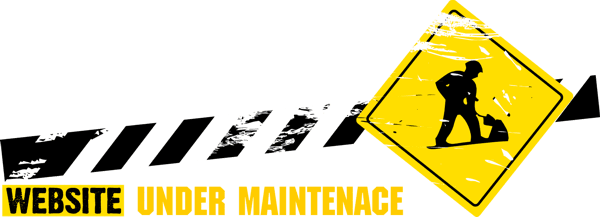
We are currently carrying out essential maintenance work
on our service and will be back online shortly.
Please, excuse us for the inconvenience.
 |
| www.sandingwoodfloor.co.uk |
We are currently carrying out essential maintenance work Please, excuse us for the inconvenience. |